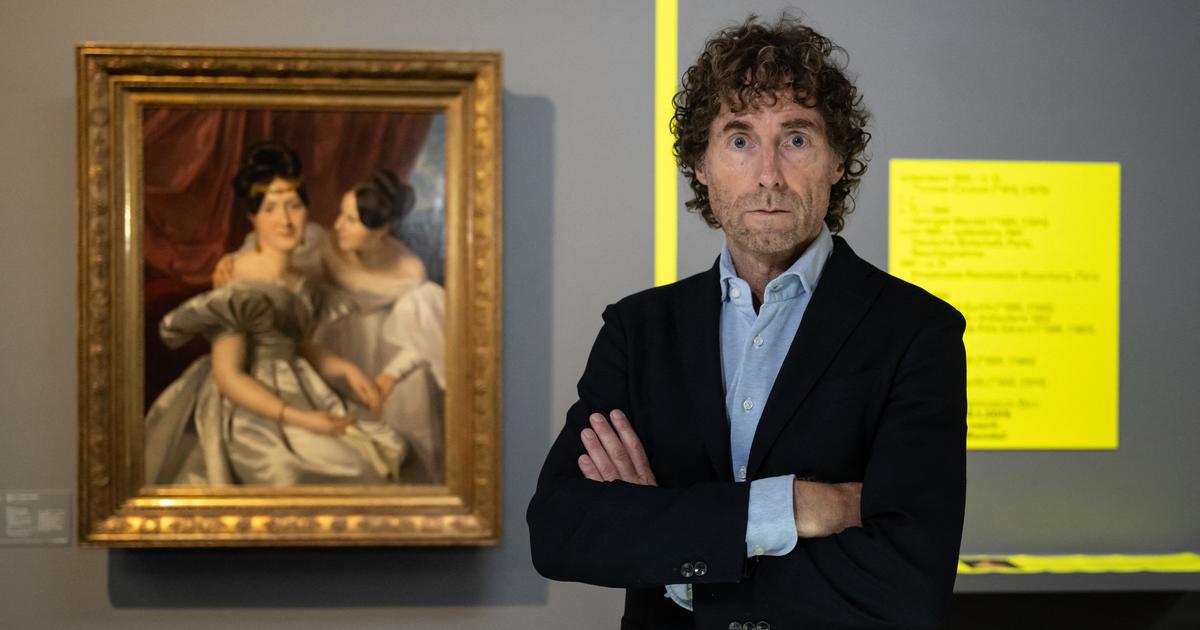The Museum of Fine Arts Bern needed seven months of reflection in 2014 to decide to accept the estate of Cornelius Gurlitt, a treasury of some 1,600 works including property stolen from Jews.
What does provenance research actually mean and where are the limits?
What is the museum's responsibility in the face of this heritage with a tumultuous history and how has it assumed it?
The questions that accompany such a succession are explored in the large-scale exhibition “
Gurlitt.
A balance sheet
” which is held from September 16 to January 15 at the museum.
Read alsoThe Bern Museum of Art sorts through the legacy of the Gurlitt collection made up of Nazi spoliations
After seven years of research and evaluation of this heavy legacy, the museum decided last year how to deal with works whose provenance has not been clarified, renouncing 38 works stolen by the Nazis or suspected but accepting to I keep 1,091 whose provenance was incomplete but without proof or indication of spoliation.
An immoral choice according to some, but the museum rejects the criticisms while emphasizing its “
great responsibility
” in the face of this legacy.
"
We have developed categories to be able to decide reasonably
" according to the origin and the possible indications of spoliation, and "
I believe that we have reached a fair solution
", explained Marcel Brülhart, Vice-president and legal expert of the museum. , during the presentation of the exhibition.
A desire for transparency
Living in a Munich apartment surrounded by paintings by Chagall or Matisse among other masters, the German octogenarian Cornelius Gurlitt, son of Hildebrand Gurlitt, an art dealer with a troubled past under the Third Reich, had been propelled despite himself under the spotlight after the discovery of his treasure - some 1,400 works - by the German authorities in 2012. Another part of this collection was later discovered in a house belonging to him in Salzburg, Austria.
Some of the works, part of the Gurlitt legacy, had either been confiscated by the Nazis from Jews and then resold, or sold cheaply by fleeing Jews.
Or even confiscated by agents of the Third Reich because they were considered “
degenerate art
”.
The case had revived the debate on the restitution of works stolen from Jews under the Third Reich.
"
It's an illusion to think that we will end up with complete knowledge
" on the provenance of the works, "
history is progressing and many documents have been destroyed
", indicated Marcel Brülhart.
He also pointed out that Hildebrand Gurlitt had only worked with the Third Reich "
for a very limited period of his life
" and had collected works all his life.
In his view, the Gurlitt case marks a real “
turning point
” because the museum has shown that decisions can be made to find a fair solution even when the provenance of a work is incomplete.
The museum, according to its director Nina Zimmer, has been keen to adopt "
total transparency
" in its research , to reassess expertise in the event of new information and to find fair and equitable solutions with potential rights holders, even in case of lack of knowledge.
Eleven works returned
To date, eleven works have been returned, including the painting "
Woman with a Fan
" by Henri Matisse returned to the heirs of Paul Rosenberg in 2015. According to Marcel Brülhart, nearly thirty works are still the subject of dispute.
This is the third exhibition organized by the museum on this legacy.
But "
the exhibitions of 2017 and 2018 presented the works of the legacy as an example of the art market during the Nazi period in Germany and as an example of looted art
", explained Nikola Doll, curator of the exhibition.
The new exhibition aims to showcase the work of provenance research that the museum launched in 2017 and presents around 350 pieces, both works of art from the bequest and reproductions of historical documents from the written collection of Cornelius. Gurlitt preserved in the German Federal Archives and other archives in Germany, France and Switzerland.
There are some paintings by Cézanne, Kandinsky, Munch or even Monet and Rodin.

